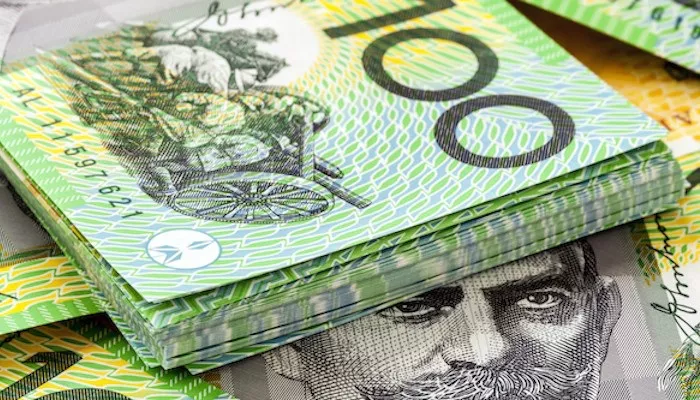In its final monetary policy meeting of the year, the Reserve Bank of Australia (RBA) opted to keep the key interest rate steady at 4.35 per cent. However, as noted by Commerzbank’s FX analyst Volkmar Baur, the tone accompanying this decision took on a notably dovish turn, which led to a significant weakening of the Australian Dollar (AUD) in the immediate aftermath.
Two aspects caught the attention of foreign exchange traders. Firstly, the RBA had to acknowledge that the economic growth in the third quarter fell short of expectations. This weaker economic performance indicates a case for a more accommodative monetary policy. Moreover, and of even greater significance, there was a change in the wording regarding inflation.
The RBA now expresses greater confidence that inflation will steadily move towards the middle of its target range, which is between 2 and 3 per cent. In November, the RBA had stated that such a movement towards the target range was a prerequisite for commencing monetary policy loosening. There’s a considerable time gap until their next meeting in mid-February. During this period, two labour market reports and the inflation figures for the fourth quarter will be released.
Consequently, the market will be closely monitoring these upcoming data in the weeks ahead to anticipate what might occur in February. Commerzbank anticipates that the RBA will cut interest rates in February. Currently, the market’s assessment of the probability of such a rate cut is a bit higher than it was yesterday, standing at around 64 per cent this morning. A full pricing-in of this expected move over the next few weeks would likely exert further downward pressure on the AUD.
Related topics:
Canadian Dollar’s Friday Plunge Amid Mixed Job Data
NZD/JPY Price in Decline with Bearish Outlook


